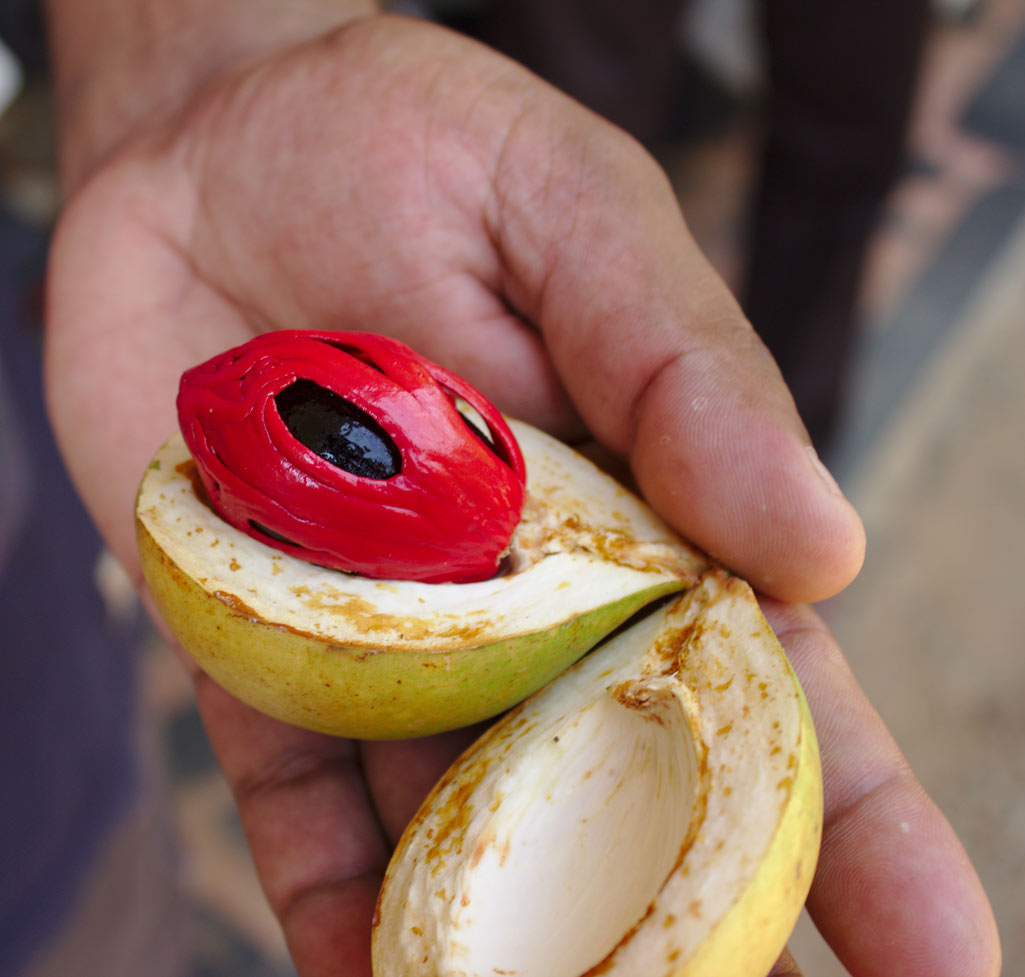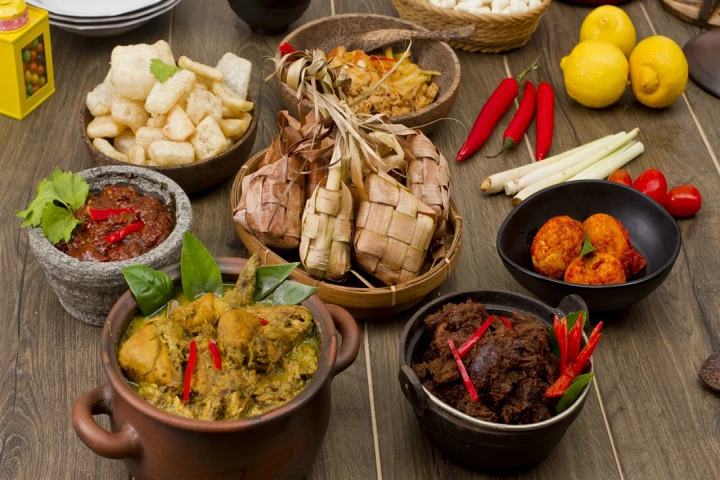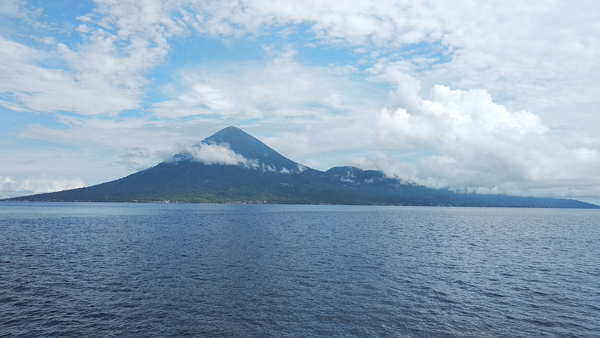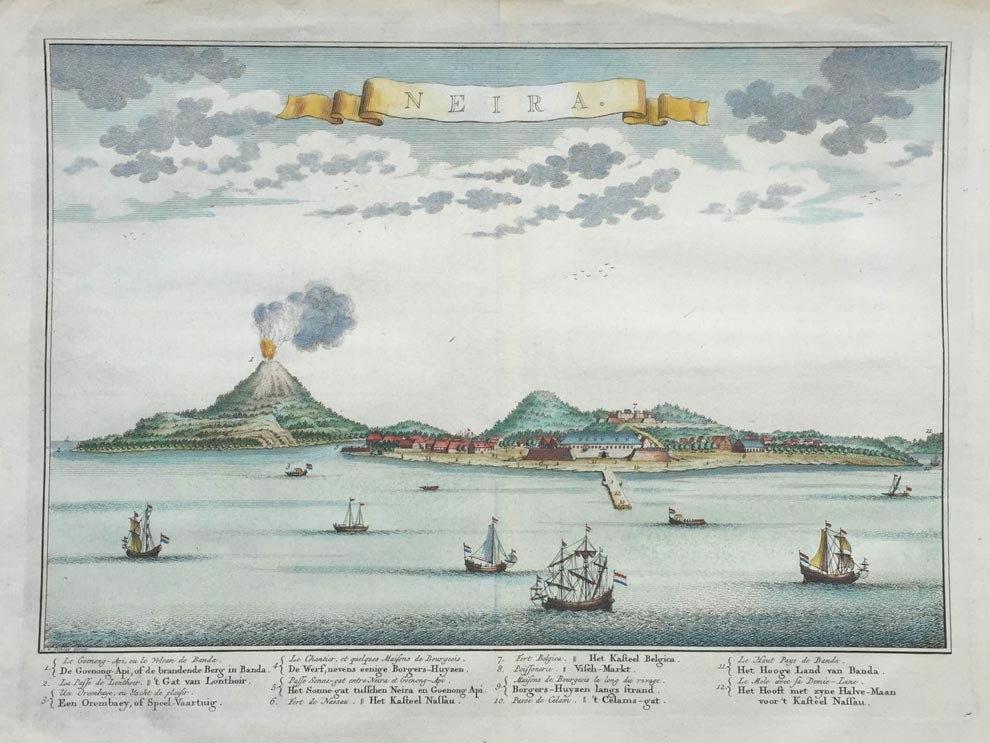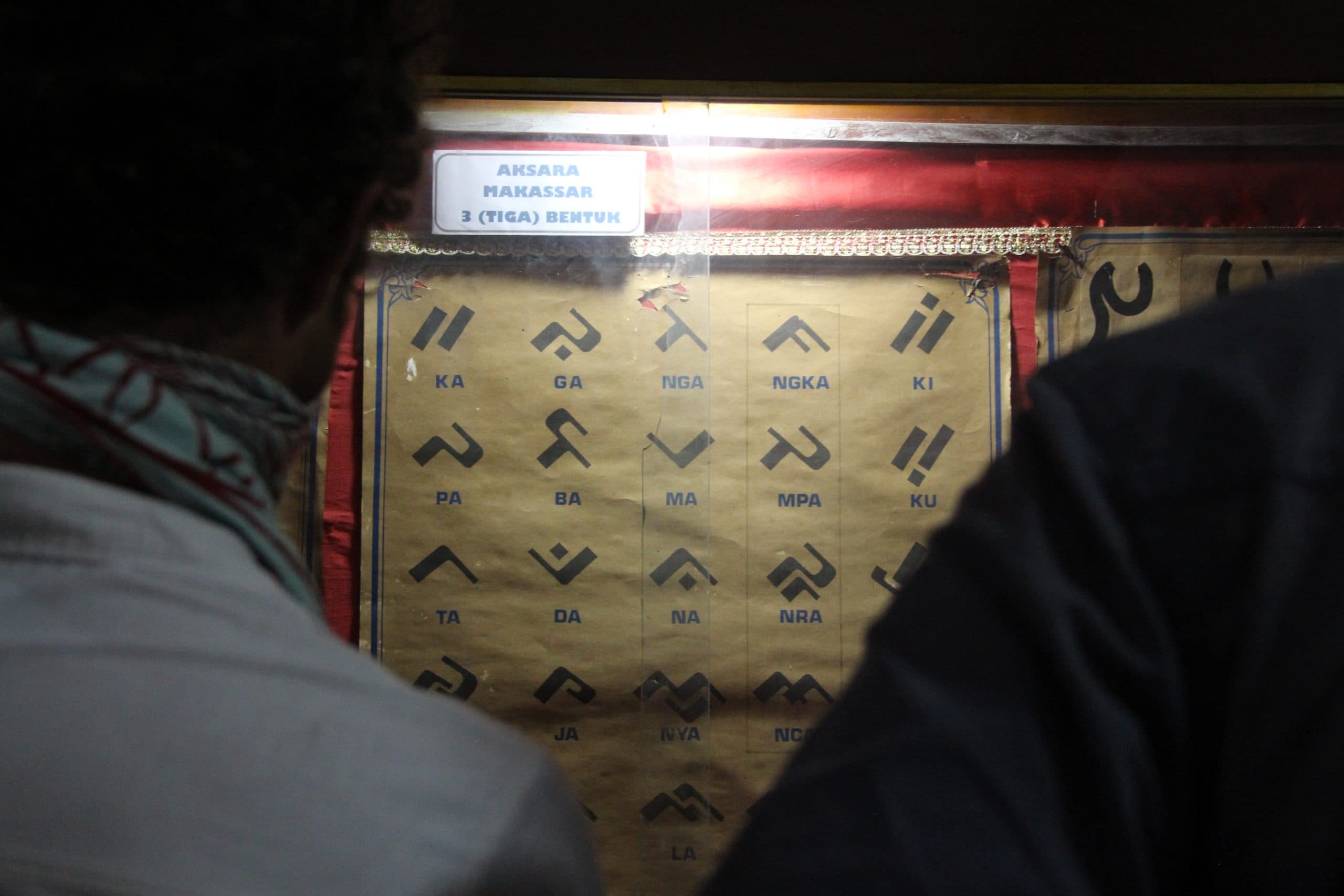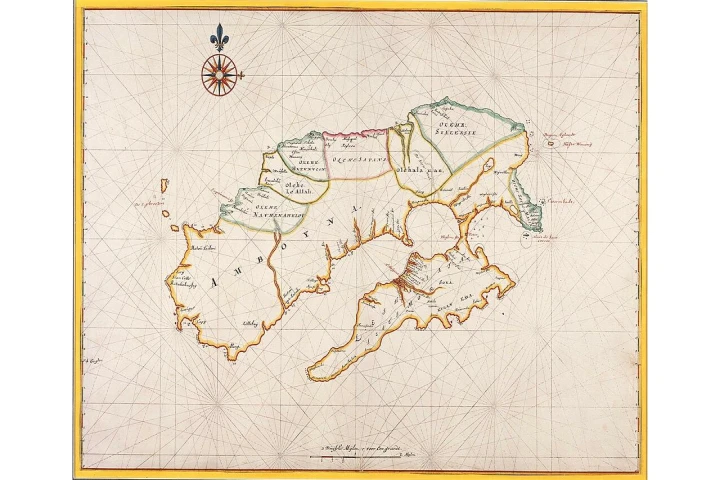
Ambon belongs to the Maluku Islands and is the capital of Maluku Province. Based on the geomorphological characteristic, the province is dominated by mountains. In his ethnographic notes Suma Oriental, a Portuguese named Tomé Pires, portrayed the Maluku Islands (Ambon, Ternate, and Banda) as Spice Islands.
The term is suitable, for Maluku gained popularity through its spices, specifically cloves and nutmegs and the mace. Clove, an indigenous plant of Ternate and Tidore, had traveled and been used across the world centuries ago. There was a time when cloves became a rare commodity; thus, the price went beyond the gold. It triggered the international traders from across the world to come to Maluku and start a trade route we call the Spice Routes.
We can see the historical record of spice routes in the Maluku Islands from the 14th century, where the Hitu port had become a popular place for Nusantara traders. It is not surprising, for Hitu played a role as the area of the cloves trade traffic for the Bandanese who headed to North and vice versa. It shows that Hitu was involved in the port network as a port of call. It triggered the emergence of the local traders from the Leihitu Peninsula and Huamual in Seram Island.
The trade and spice route across Hitu that brought traders and preachers triggered the development of the Islamic Empire—the Tanah Hitu Kingdom. As a result, it caused the multiethnicity that developed in the Hitu port. As one of the trade commodities, clove also gave rise to the existence of the Javanese community in Hitu.
Like Hitu, before the Portuguese came, Ambon also became the trade center. It was not limited to domestic spices like nutmeg and mace; they also collected cloves to be sold to international traders who came to Banda from many places both inside and outside Nusantara.
The cloves cultivation began in Ambon and Seram Islands in the first half of the 16th century. Portuguese’s rapid demand gave rise to the expansion. Located in the center of the city of Ambon, we can still see the trace today through cultural heritage, Victoria Fortress.
In its development, in the early 17th century, VOC used Ambon as a port of call before they arrived at Banda or for those who wanted to go back to Batavia. Further, they also used it as a stopover and transshipment. Finally, it also functioned as the surveillance center for the local ships to avoid the ports around Ambon and Hitu.
We can conclude that the entry of new beliefs, certain tribe communities from distant islands, and the establishment of cultural heritage are inseparable from the Spice Routes. It is a trade route that shaped the diversity of Indonesia that still exists today.
__________
Source:
Razif & M. Fauzi. Jalur Rempah dan Dinamika Masyarakat Adat Abad X-XVI: Kepulauan Banda, Jambi dan Pantai Utara Jawa. Jakarta: Direktorat Sejarah, 2017.
__________
Text & Editor: Doni Ahmadi
Translator: Dhiani Probhosiwi
Image: Johannes Vingboons. 1665. Map of the island of Ambon. Atlas of Mutual Heritage dan Nationaal Archief.



